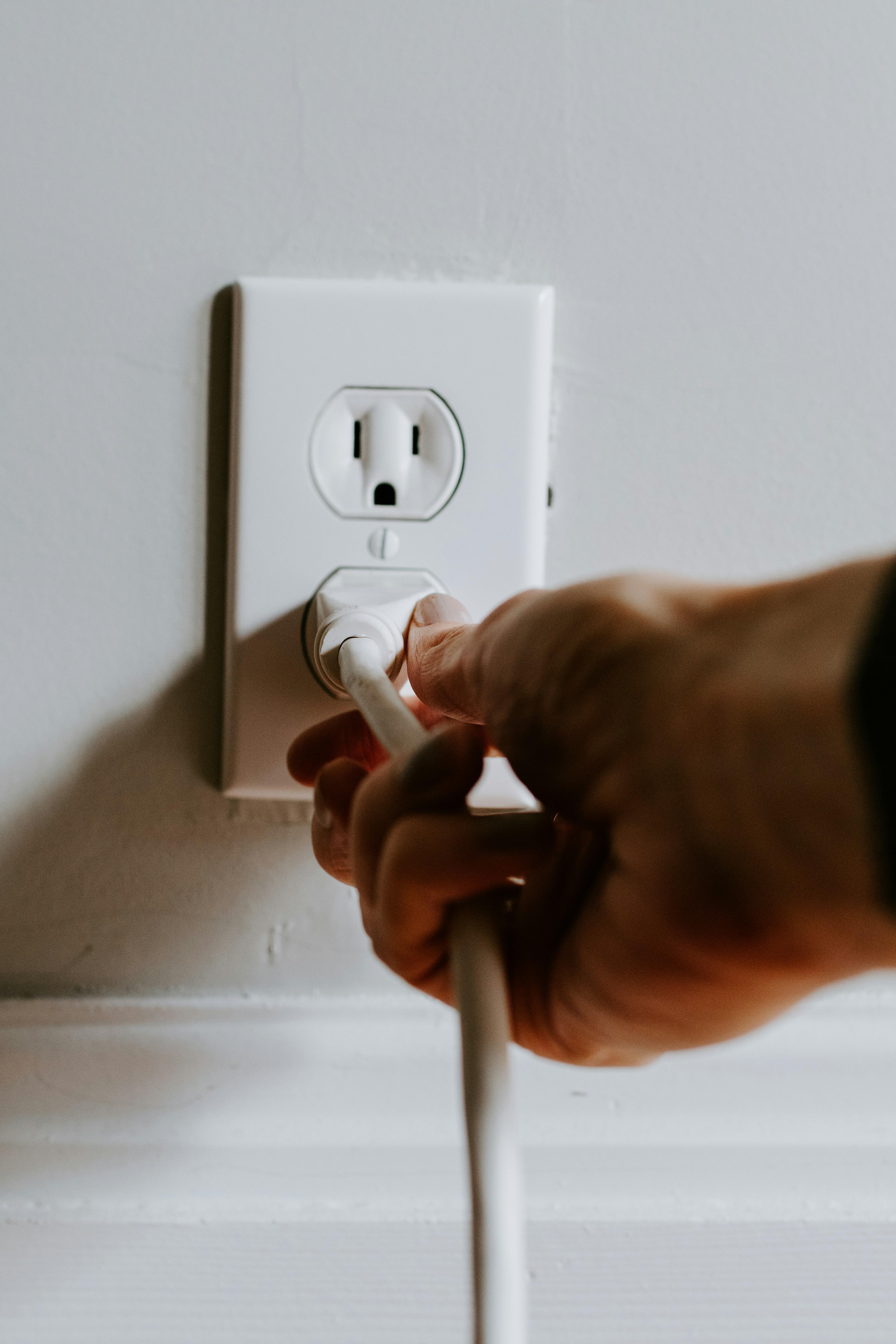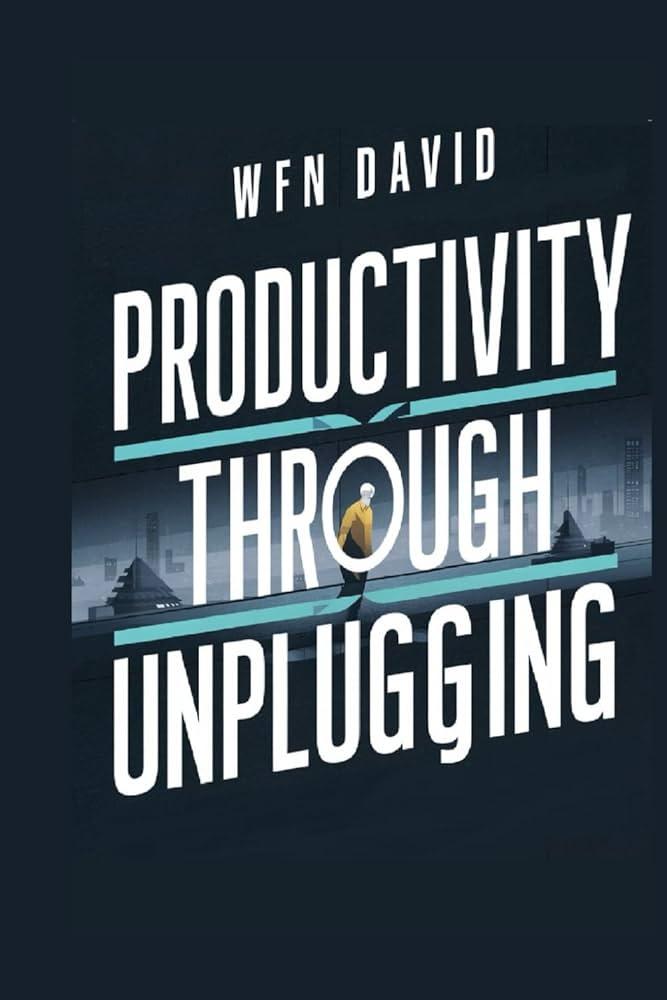In a world where the hum of notifications and the glow of screens form the backdrop of our daily lives, the concept of a digital detox beckons like an oasis in a desert of connectivity. As we navigate through a labyrinth of emails, social media updates, and endless streams of information, the idea of unplugging—even temporarily—raises a tantalizing question: Is it truly possible to step away from the digital whirlwind, or have we become too entangled in its web? In this exploration of digital detoxes, we delve into the practicality of disconnecting in a hyper-connected era, weighing the allure of tranquility against the demands of our modern existence. Can we, amidst the cacophony of the digital age, find a moment of silence? Or is the notion of a digital detox merely a mirage in our quest for balance?
Navigating the Balance Between Connectivity and Well-being
In today’s digital age, striking the right equilibrium between staying connected and maintaining our mental and physical health can seem like walking a tightrope. The allure of a world where information, entertainment, and social interaction are just a click away is undeniable. Yet, the need to disconnect and rejuvenate is equally compelling. Here are a few considerations to help find that balance:
- Mindful Usage: Rather than going cold turkey, consider integrating mindful practices into your digital habits. Allocate specific times for checking emails or social media, allowing you to stay connected without feeling overwhelmed.
- Tech-Free Zones: Designate areas in your home as technology-free spaces. This encourages more face-to-face interactions and provides a sanctuary for relaxation and reflection.
- Scheduled Breaks: Incorporate regular breaks into your daily routine. Whether it’s a short walk or a moment of meditation, these pauses can help reset your mind and reduce digital fatigue.
While the concept of a digital detox may seem daunting, especially in a world that thrives on constant connectivity, it is not about completely cutting ties with technology. It’s about crafting a lifestyle that harmonizes with our personal and professional needs, ensuring that we are not just surviving in a digital world, but thriving.

Understanding the Psychological Impact of Constant Connectivity
In today’s world, the constant hum of notifications, emails, and social media updates can create an overwhelming sense of being perpetually “on.” This incessant connectivity blurs the lines between work and personal life, leading to a phenomenon often described as “digital fatigue.” As people attempt to juggle multiple online personas, the psychological toll can manifest in various ways, including increased anxiety, reduced attention spans, and even feelings of isolation despite being constantly “connected.” The irony lies in the promise of technology to bring us closer, yet it often leaves us feeling more detached from our surroundings and ourselves.
- Increased Anxiety: The pressure to respond immediately can lead to stress and anxiety.
- Reduced Attention Span: Constant notifications disrupt our ability to focus on tasks.
- Feelings of Isolation: Despite connectivity, there’s often a lack of genuine interaction.
While digital tools offer unparalleled convenience and access to information, they also demand a part of our mental bandwidth. Understanding this psychological impact is crucial as we navigate the delicate balance between benefiting from technology and protecting our mental health. Mindfulness practices, scheduled offline time, and conscious engagement with digital devices can help mitigate these effects, fostering a healthier relationship with technology.

Practical Strategies for Implementing a Successful Digital Detox
Embracing a digital detox in today’s hyper-connected world might seem challenging, but with the right strategies, it can become a rewarding experience. Start by setting clear boundaries for your digital usage. This could mean designating specific times of the day as tech-free zones or creating a no-device policy during meals. By establishing these boundaries, you create an environment that encourages real-world interactions and mindfulness.
- Identify Triggers: Recognize what prompts your digital overuse. Is it boredom, stress, or perhaps the need for constant updates? Understanding these triggers can help you address the root cause and find healthier alternatives.
- Gradual Reduction: Instead of going cold turkey, gradually reduce your screen time. Start with short breaks and slowly increase their duration over time. This approach makes the transition smoother and more sustainable.
- Incorporate Activities: Replace screen time with activities that bring joy and relaxation. Whether it’s reading a book, going for a walk, or indulging in a creative hobby, having fulfilling alternatives is crucial.
By integrating these strategies into your daily routine, you can achieve a balanced digital lifestyle that enhances your well-being without feeling disconnected from the world. Remember, the goal is not to eliminate technology but to use it mindfully and purposefully.

Evaluating the Long-term Benefits of Disconnecting from Digital Devices
In a world where the glow of screens often replaces the warmth of human interaction, the concept of stepping away from digital devices is both intriguing and daunting. The long-term benefits of such a retreat can be transformative, offering a chance to reconnect with oneself and the tangible world. While initially challenging, this period of disconnection can lead to increased mindfulness, reduced stress, and a heightened sense of presence. Studies suggest that regular digital detoxes can enhance concentration and productivity, leading to improved mental clarity.
Engaging in a digital detox doesn’t have to be an all-or-nothing approach. Consider incorporating small, consistent changes into daily routines, such as:
- Establishing tech-free zones in the home, like the bedroom or dining area.
- Scheduling device-free hours each day to focus on hobbies or family time.
- Engaging in activities that naturally limit screen time, such as hiking, reading, or cooking.
These simple steps can gradually lead to a healthier relationship with technology, making the digital detox not just a temporary escape, but a sustainable lifestyle choice.
Wrapping Up
As we navigate the ever-evolving landscape of our hyper-connected world, the notion of a digital detox remains both a beacon of hope and a complex challenge. It invites us to pause, reflect, and perhaps recalibrate our relationship with technology. While some may find solace in the temporary disconnection, others might struggle with the very idea of stepping away. the practicality of a digital detox is as individual as our digital habits themselves. Whether we choose to unplug for a moment or embrace the constant hum of connectivity, the key lies in finding a balance that nurtures our well-being amidst the digital din. As we close this exploration, perhaps the true question is not whether digital detoxes are practical, but rather, how we can craft a digital life that serves us, rather than the other way around.
